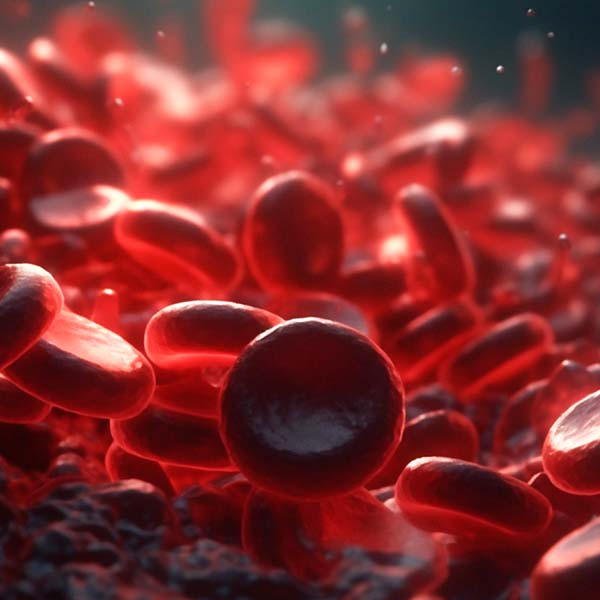Novel heme oxygenase 1 (HO-1) probe compositions, and methods covering easy-to-use and rapid readouts of cell protection in cardiovascular diseases, hemorrhage and red cell disorders.
Proposed uses
The present invention covers compositions and methods of use for novel fluorescence resonance energy transfer (FRET)-based probes designed for heme oxygenase 1 detection. The core technology can be translated into a broad range of applications including research reagents, kits or in-vitro/in-vivo diagnostic uses for probes or ex vivo methods of use in medical imaging across highly prioritised and clinically unmet indications such as cardiovascular diseases (acute coronary syndrome, stroke and/or atherosclerosis), haemorrhage and red cell disorders.
Problem addressed
Heme oxygenase 1 is a vital enzyme that catalyses the degradation of heme into biliverdin, carbon monoxide, and iron. HO-1 plays an important role in cellular defence against oxidative stress, inflammation, tissue injury and HO-1 is implicated in numerous indications from vascular diseases to blood disorders. Current methods and commercial kits used for the detection of HO-1 activity possess challenges and limitations in accuracy, applicability and ease-of-use. Addressing these bottlenecks and accurately measuring HO-1 activity, with high specificity and reproducibility via advanced fluorescent probe technology could provide insights into the pathophysiology or prognosis of various diseases, via further medical research, and unlock diagnostic technologies based on exploiting HO-1 as an enzymatic disease marker.
Technology overview
Fluorescence resonance energy transfer (FRET)-based small molecule probes designed for real-time Heme Oxygenase 1 detection, in particular porphyrin, chlorin, bacteriochlorin, and isobacteriochlorin compounds which have desired tetrapyrrole backbones and fluorophores incorporated. Due to the principles of FRET-pairing, a phenomenon that occurs when two fluorescent molecules are in close proximity and transfer energy from one to another, the patented platform herein consist of the first known small molecule probes that can report on both HO-1 activity and presence or utilise the FRET-breakapart approaches in any analogue of a metabolite.
Benefits
- First-in-class small molecule fluorescent probe platform for real-time detection of heme oxygenase 1 presence and activity within minutes after probe application to ready-mix support medium.
Low-cost probes with scalable manufacturing. - Probes have utility in cardiovascular diseases, hemorrhage and red cell disorders indications, and applications include uses such as; research reagents for elucidating HO-1 protective role and cellular signalling or molecular probes for diagnostic technologies, including point-of-care assessments or use in medical imaging.
Development stage
TRL 2-3
The probe platform is patent protected and further research is underway to develop clinically validated diagnostic applications and compatible devices for using probes in numerous prioritised and clinically unmet indications.
Intellectual Property Information
The core technology includes know-how (trade secrets) and is the subject of a published patent application (PCT/GB2021/052929 and published: WO2022101635-A1) with national filings in the E.U, U.S., China, Japan and India.




